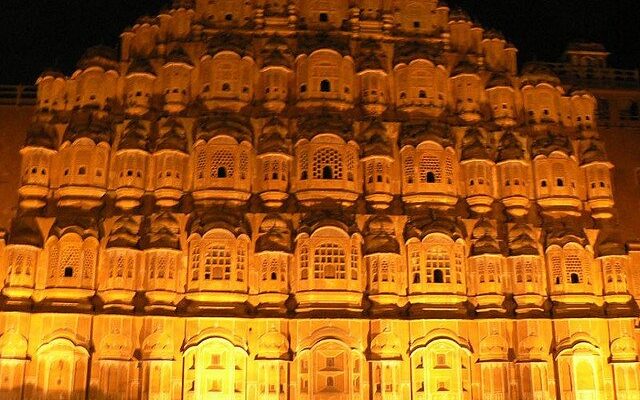Palace of the Winds (Hawa Mahal)
Hawa Mahal, also known as Palace of Winds is the main attraction of Jaipur. The palace got its second name due to the fact that due to the elaborate system of windows, natural ventilation is created in the rooms of the building. Therefore, the inhabitants of Hawa Mahal even in the worst heat were a little cooler than all other residents of the city, because they were blown by a light breeze, even if the city itself was completely calm. Such a ventilation system is recognized as unique, making the Wind Palace an even more attractive structure.
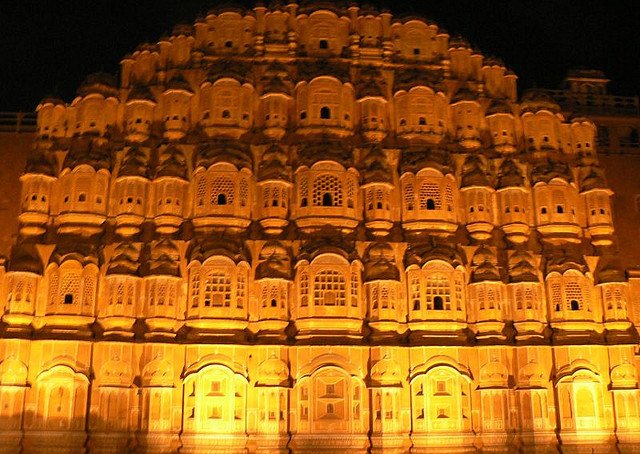
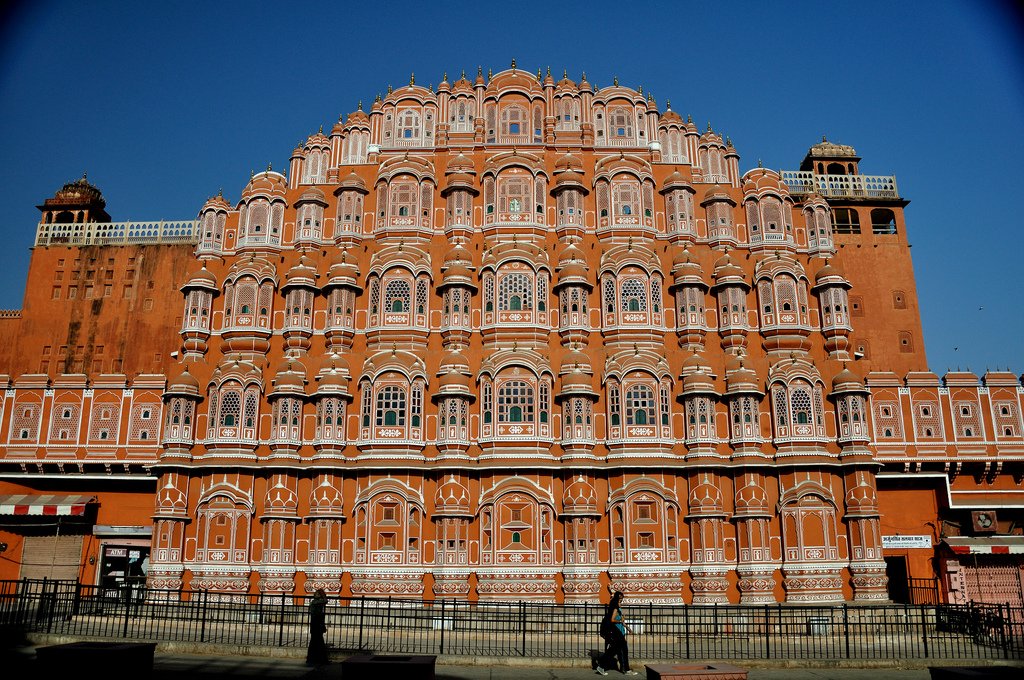
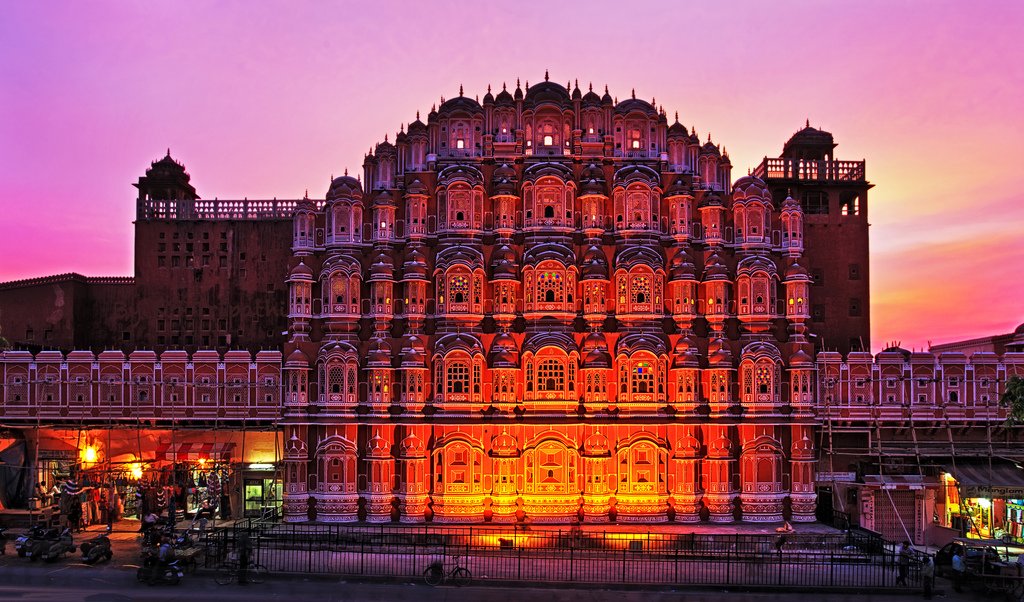
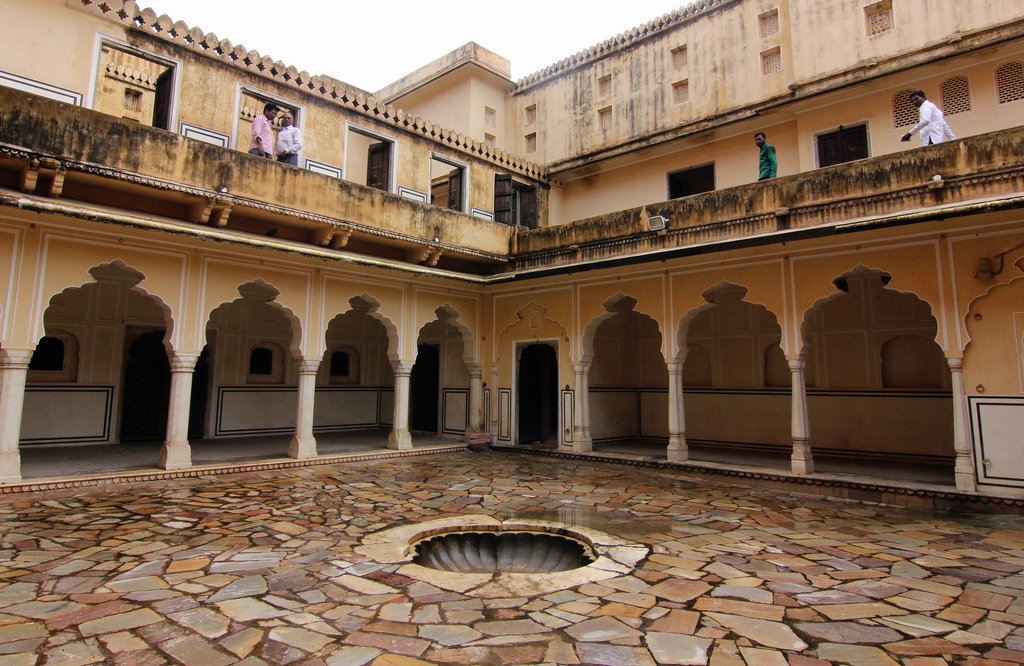
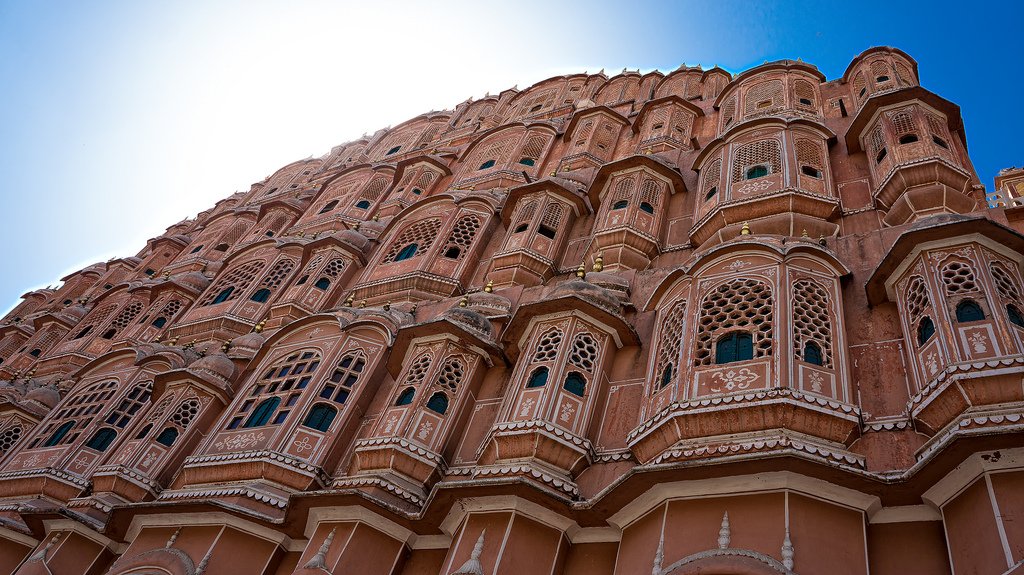
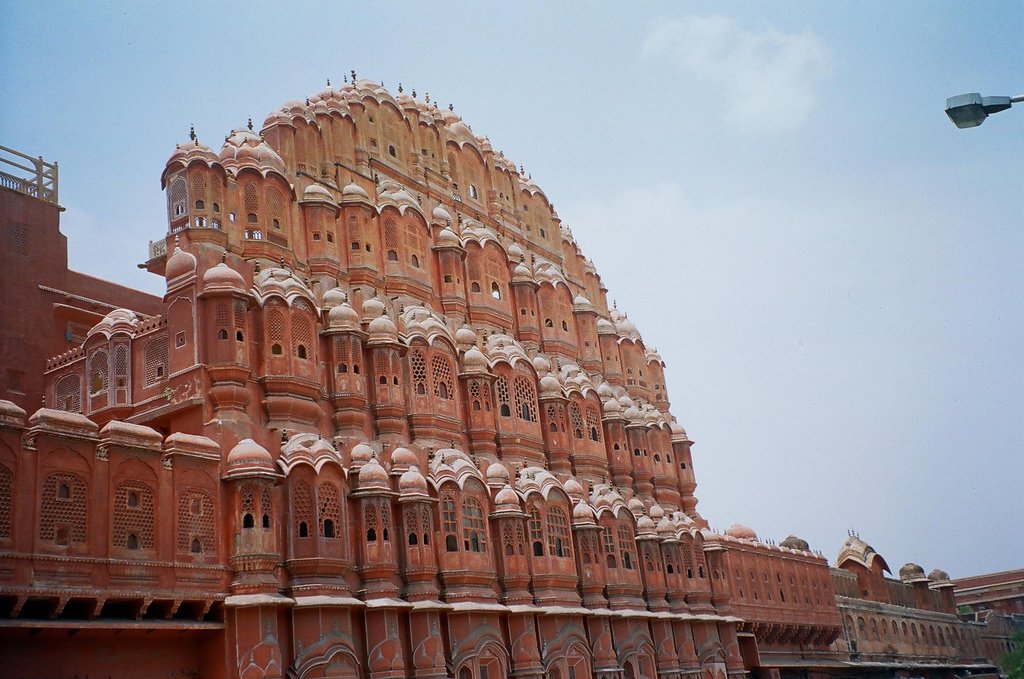
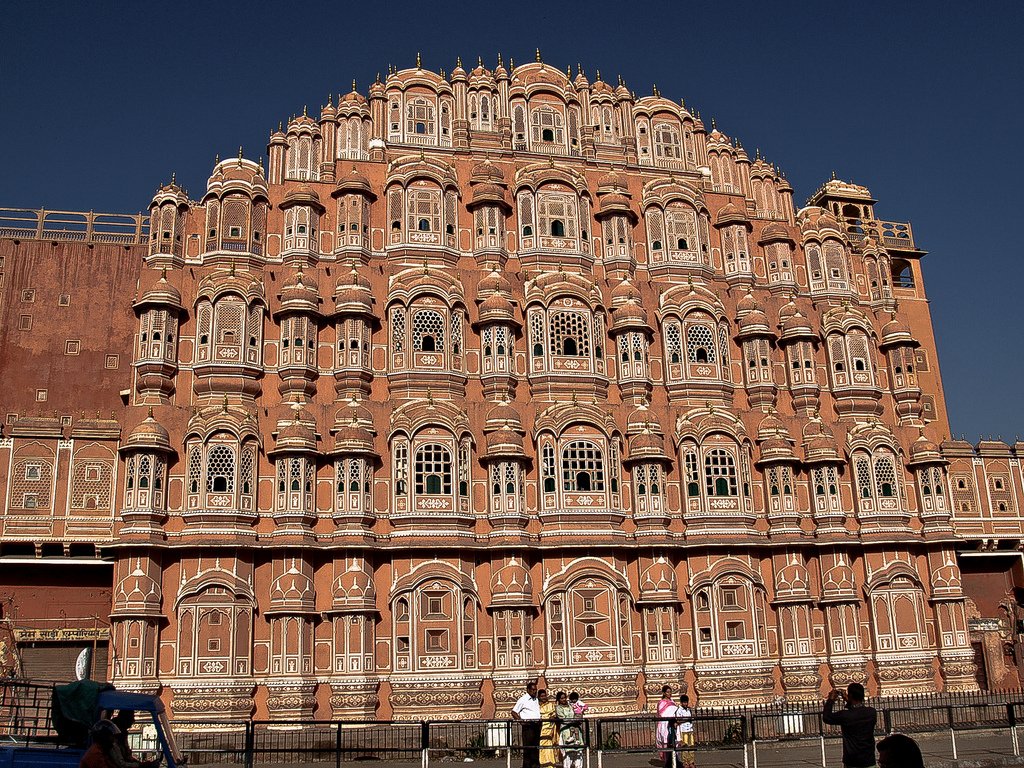
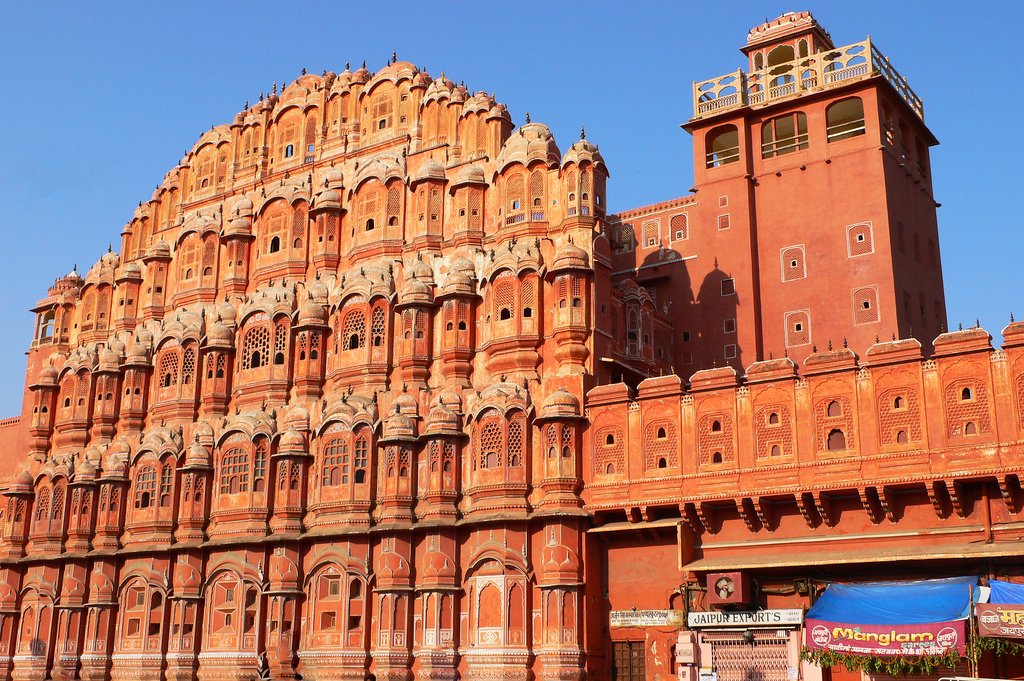
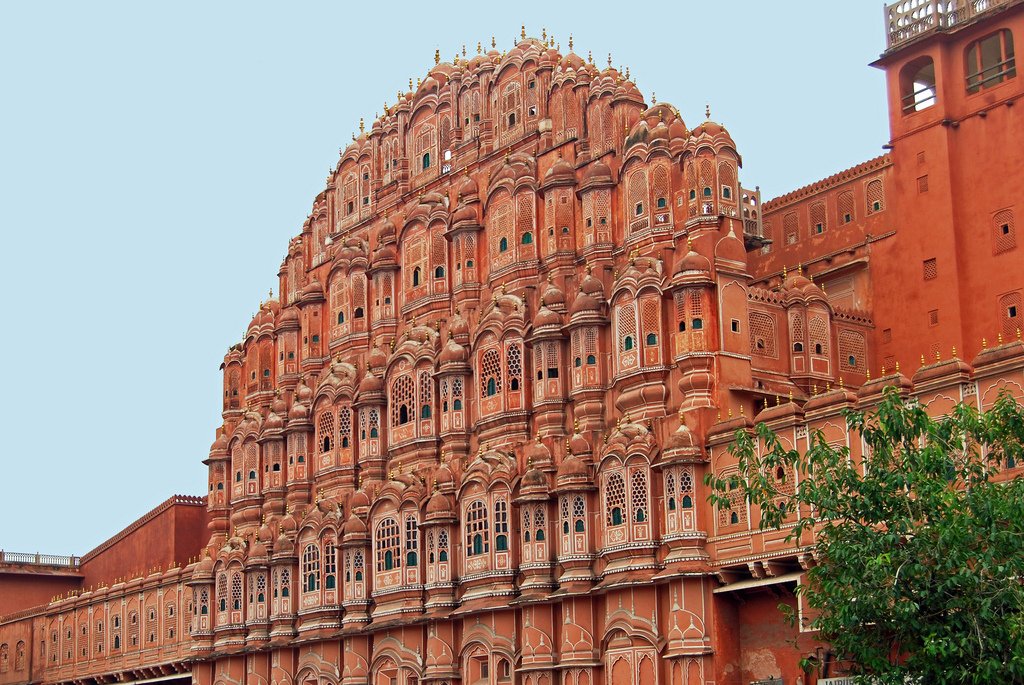
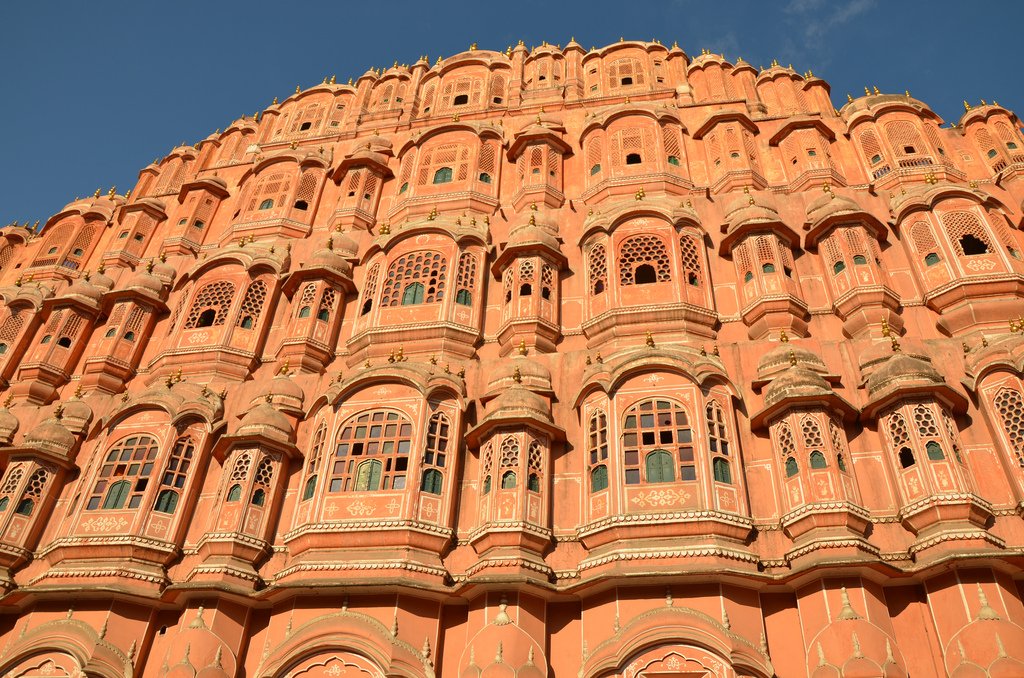
Video: Hawa Mahal
” title=”YouTube video player” frameborder=”0″ allow=”accelerometer; autoplay; clipboard-write; encrypted-media; gyroscope; picture-in-picture; web-share” allowfullscreen>Background
Indian/foreign including videography Rs. 10/50,audio guide in Hindi/English Rs. 80/110,guide services Rs 200; 9.00-17.00
Hawa Mahal offers stunning views of Jantar Mantar and the City Palace on one side and Siredori Bazaar on the other. There’s a small museum (9 a.m.-4:30 p.m. Sat.-Thurs.) with miniature paintings and stunning exhibits – such as ceremonial armor – that help vividly portray the royal past. The entrance to the Palace of the Winds is at the rear of the complex. To get here, go back to the intersection on the left (when looking at Hawa Mahal), turn right, and then right again into the archway.
.History of the Palace of the Winds
The Hawa Mahal was originally created as a temple of the god Krishna. It was even built in such a way that its appearance resembled the headdress adorning the head of the god. It turned out to be similar in principle. However, Hawa Mahal never became a temple. Maharaji Sawai Pratap Singh, on whose orders the structure was built, changed his mind and decided that the building would become a palace.
.The exact date of construction is uncertain, but Hawa Mahal was built no later than 1799. The building is located right in the center of the city, so you don’t have to go anywhere to see it, and if you visit Jaipur, you won’t pass by the Palace of Winds. The facade of the building is very fanciful. It is unlikely to be seen anywhere else. From afar, it resembles a large anthill. Some people claim that Hawa Mahal looks like a jewelry box. In general, if one imagines that a jewel box is decorated with lots of jewels, then Hawa Mahal would indeed resemble it, only instead of jewels, it is decorated with a huge number of windows, niches, and balconies.
.Despite all this clutter, the Palace of Winds looks very exquisite. Few architects manage to use so many architectural elements in a building, but at the same time not to overload it, not to harm its appearance, but, on the contrary, to decorate it. The architects of Hawa Mahal were clearly balancing between sophistication and excess, but managed to create a treasure of Jaipur.
.Features of Hawa Mahal
Windows in Hawa Mahal play a special role, apart from creating natural ventilation, decorating the building, making it unique, they were made for a specific purpose. The Palace of Winds was usually inhabited by the wives of Maharajas and Indian princes. They were curious ladies, but it was forbidden to show themselves to the women of high-ranking people of India, so it was decided to make a lot of windows in the Palace of Winds, so that each wife could look out through this window to the outside world. But at the same time, the windows are arranged so that the wives can see everything, but no one can see them. When tourists walk around the Palace of the Winds, they make sure to look out these windows, imagining how the wives of the maharajas did. It makes it easier to understand their world.
.Despite the beauty of the palace and its advantages of ventilation, it was not the permanent home of the harem. Hawa Mahal is quite flat, so the interior rooms, though comfortable, are very small. It is inconvenient to live in them permanently, so the wives moved here only during festivals. They could watch the solemn processions outside from their windows.
Another interesting feature of the Hawa Mahal, which is made in 5 tiers of floors, is that it is completely devoid of stairs. They have been rendered unnecessary here. There are gentle passages between the floors. And to prevent the wives of high-ranking people from falling down while moving between the floors, notches are made in the floor on the gentle slopes. Hawa Mahal is a very unusual structure in the Moorish style made of pink sandstone, which despite the clutter of niches and windows looks harmonious. It is well worth seeing.
